
Get Rid of Millipedes in Your Charleston County Home for Good
Historic foundations, brick piers, and lush courtyards give Charleston charm—and millipedes shelter. Humid nights send them from beds to baseboards and bathrooms.
We respect historic finishes while sealing discreetly and treating precisely where millipedes live. Get porch-friendly protection with All U Need Pest Control at 1 (888) 239-BUGS.
Pest Control Services in Charleston, SC
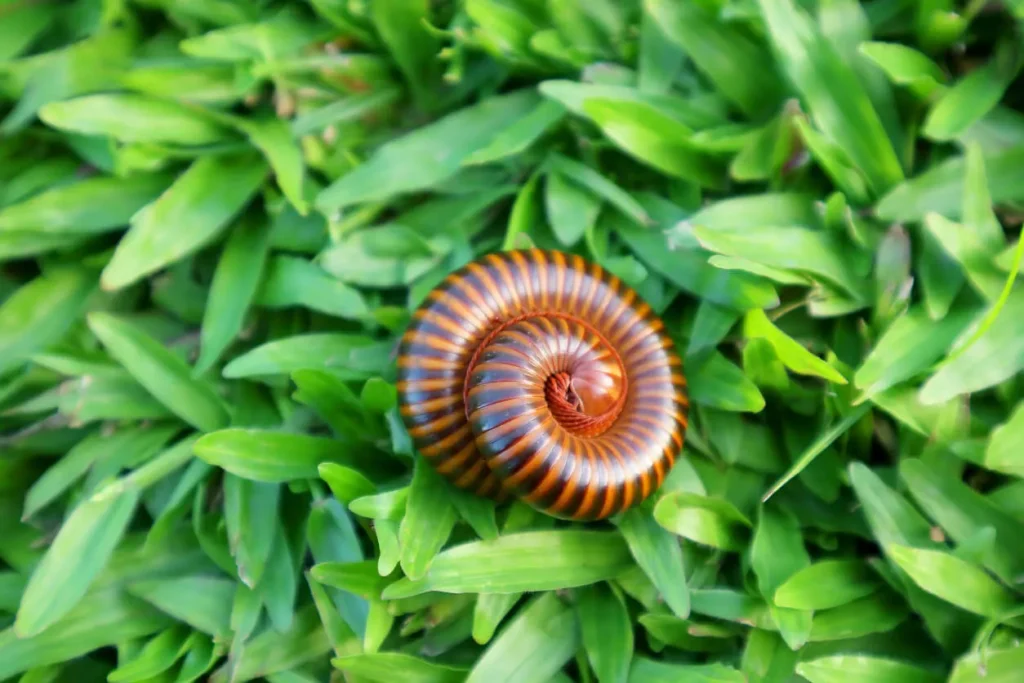
Millipede Control in Charleston County, SC
Charleston County’s mix of coastal wetlands, barrier islands, and historic districts creates the perfect conditions for millipedes to thrive. These arthropods flourish in damp soils, shaded landscapes, and areas with rich organic debris. After summer thunderstorms, high humidity streaks, or seasonal king tides, millipedes often appear in large numbers across patios, porches, garages, and even inside homes. While they do not bite or damage wood, the fluids they release can stain and irritate skin, making effective control essential for Charleston County homeowners.
The region’s architecture contributes to the issue. Many houses are elevated on piers, surrounded by broad porches, and designed with ventilated crawl spaces. These shaded, cooler spots create ideal refuges for millipedes. Landscapes filled with magnolias, live oaks, palmettos, and azaleas drop year-round debris, while the county’s widespread use of pine straw mulch traps moisture close to homes. Together, these elements set the stage for recurring millipede migrations after storms.
All U Need Pest Control delivers pest management solutions designed for Charleston County’s unique climate and building styles. Whether you own a historic single house downtown, a family home in Mount Pleasant, or a cottage near Folly Beach, our treatments focus on correcting conditions and creating barriers that stop millipedes before they invade.
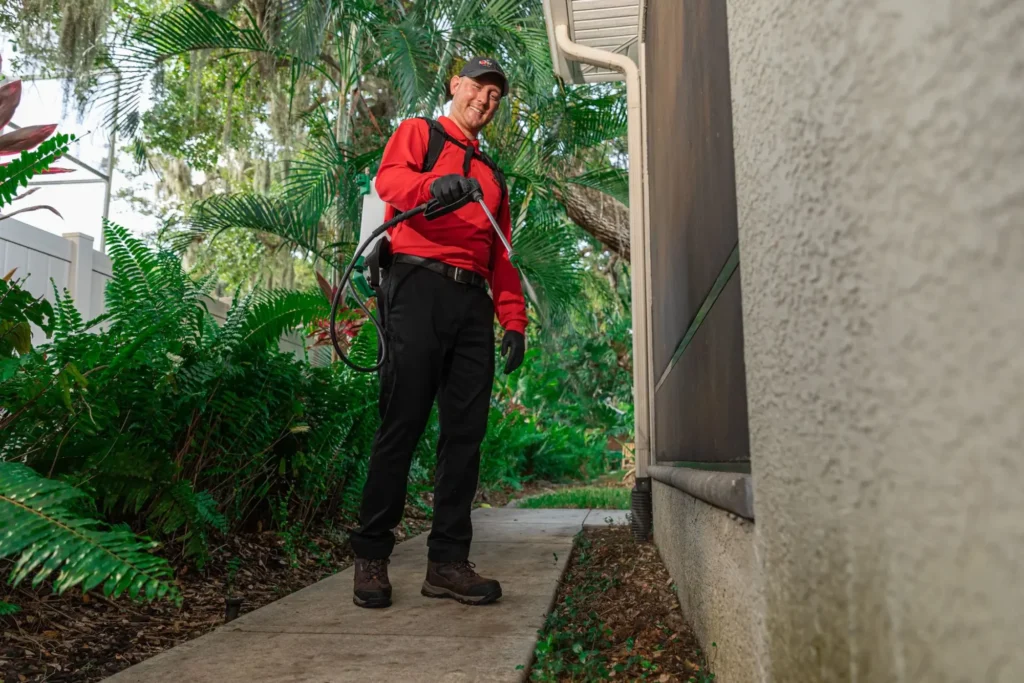
How to Get Rid of Millipedes in Charleston County, SC
Controlling millipedes begins with understanding why they enter homes. These creatures feed on decaying vegetation and soil matter, which are abundant across Charleston County’s lush landscapes. When heavy rain, tidal surges, or irrigation systems oversaturate the ground, millipedes leave their natural habitats in search of drier areas. They often end up along thresholds, baseboards, and porches. Crushing them indoors can leave stains, and sweeping them away does little if moisture issues remain unaddressed.
A Charleston County-specific approach includes:
Correct the moisture. Ensure proper drainage around foundations by extending downspouts and keeping crawl spaces dry. Raised homes may need encapsulation or dehumidifiers, while slab homes should maintain vegetation-free strips along walls. Irrigation systems should not keep soil next to the foundation perpetually damp.
Modify the habitat. Replace thick layers of pine straw with mineral mulch such as gravel near foundations. Collect fallen leaves from oaks and palmettos after storms, and trim shrubs so air circulates freely. This reduces the shaded, wet zones where millipedes hide.
Seal common entryways. Door sweeps, thresholds, vent screens, and weep-hole covers are vital in blocking access points. Charleston County homes, especially older brick structures, often need customized sealing solutions that preserve ventilation.
Targeted treatments. Professional perimeter treatments create barriers along foundation edges, patios, and crawl-space openings. Timing applications to avoid heavy rain ensures effectiveness.
Ongoing care. Seasonal services maintain these protective measures during peak millipede activity from spring through fall.
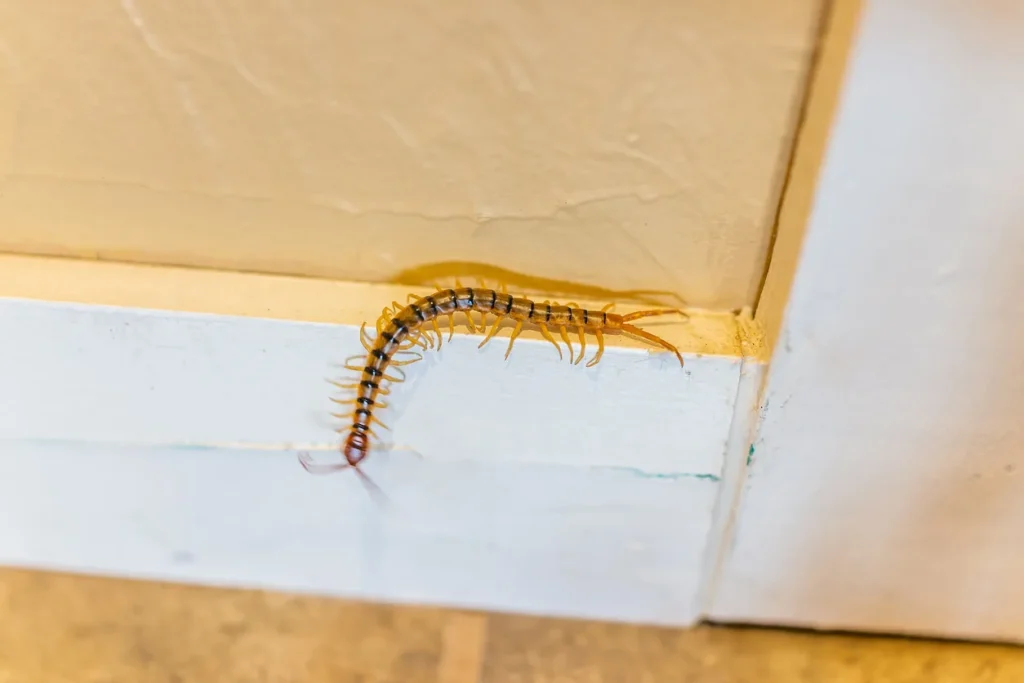
Millipede Treatment in Charleston County, SC
At All U Need Pest Control, we don’t rely on generic sprays. Instead, we inspect and customize treatment programs that address why millipedes appear in your home and where they are most active. In Charleston County, common contributing factors include dense vegetation, frequent rainfall, and proximity to tidal waters.
- The mix of decorative and native plants in landscaping beds and how they retain shade and moisture.
- The type and thickness of mulch or stone applied around walkways, porches, and foundations.
- Irrigation practices and runoff patterns that create persistently damp soils.
- Proximity to tidal creeks, ponds, or shaded courtyards that trap water after storms.
We then refine each plan by considering:
- Activity patterns, such as when millipedes appear indoors after rainfall or in garages and crawl spaces overnight.
- Seasonal and environmental triggers like tropical storms, high tides, or extreme humidity that drive infestations, especially in raised vs. slab homes.
Our approach combines Integrated Pest Management (IPM) with precise product use, ensuring results are long-lasting while limiting impact on the Lowcountry’s environment.
Comprehensive Inspection/Consultation
We begin with a full inspection of your property. This includes evaluating mulch depth, grading, gutter efficiency, irrigation patterns, door sweeps, thresholds, and crawl-space ventilation. In historic Charleston County homes, we also check for aging vapor barriers and dampness beneath elevated structures. After identifying problem areas, we provide a tailored plan that balances effectiveness with budget.
Treatment
Based on findings, we apply targeted perimeter treatments around foundations, porches, expansion joints, and shaded areas where millipedes gather. Raised coastal homes and modern slab foundations each receive different techniques for maximum results. Treatments are carefully timed around the region’s frequent storms to maintain a protective barrier.
Ongoing Maintenance
The humidity, frequent storms, and tidal cycles of Charleston County mean conditions can re-emerge quickly. Our maintenance services ensure barriers remain strong, high-risk zones are monitored, and new migrations are prevented. Seasonal programs keep your home protected year-round, even after intense rain events or flooding.
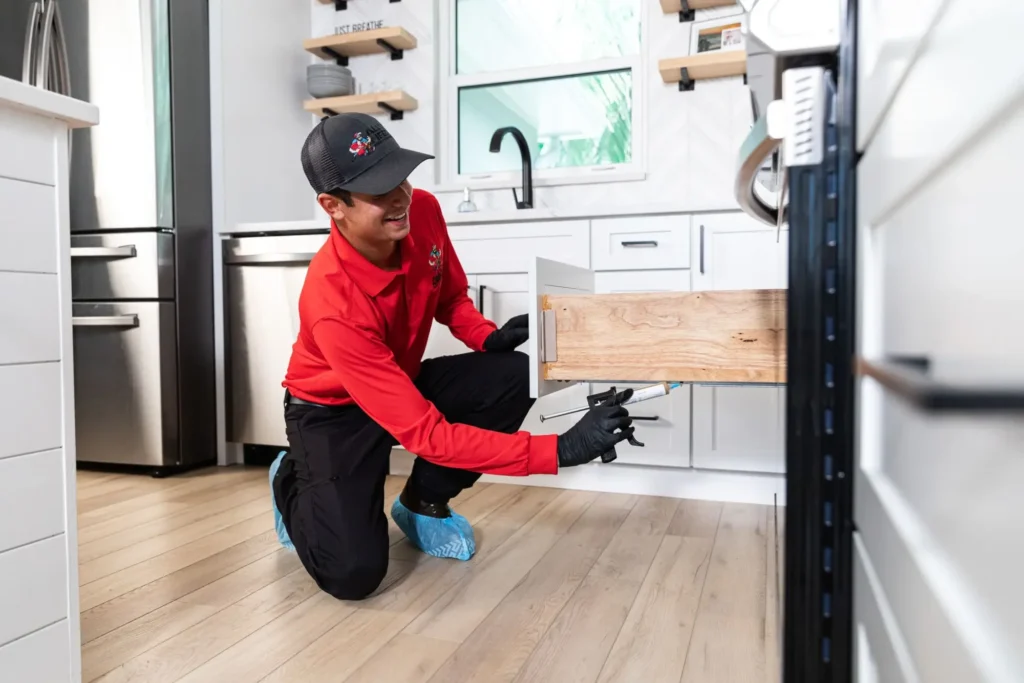
Signs of a Millipede Infestation in Charleston County, SC
Sightings in Damp Areas
Millipedes are often found in damp indoor spaces like bathrooms, laundry rooms, basements, and crawl spaces. Outdoors, look under pine straw, mats, porch steps, and shaded siding. After several days of heavy rain or tidal flooding, sudden millipede clusters indoors are common in Charleston County homes.
Damage to Plants
Though millipedes prefer decaying matter, they sometimes feed on young seedlings or tender plants when populations are high. Garden beds with heavy shade and damp soil are most vulnerable. If you notice irregular damage to soft-stemmed plants, combine pest control with yard cleanup and airflow improvements.
Dead Millipedes
Indoors, millipedes often die once exposed to drier conditions. You may find curled remains near doorways, baseboards, or on hard flooring. These dead pests indicate they are being drawn in by outside conditions. Addressing the environmental causes is the only way to stop the influx.
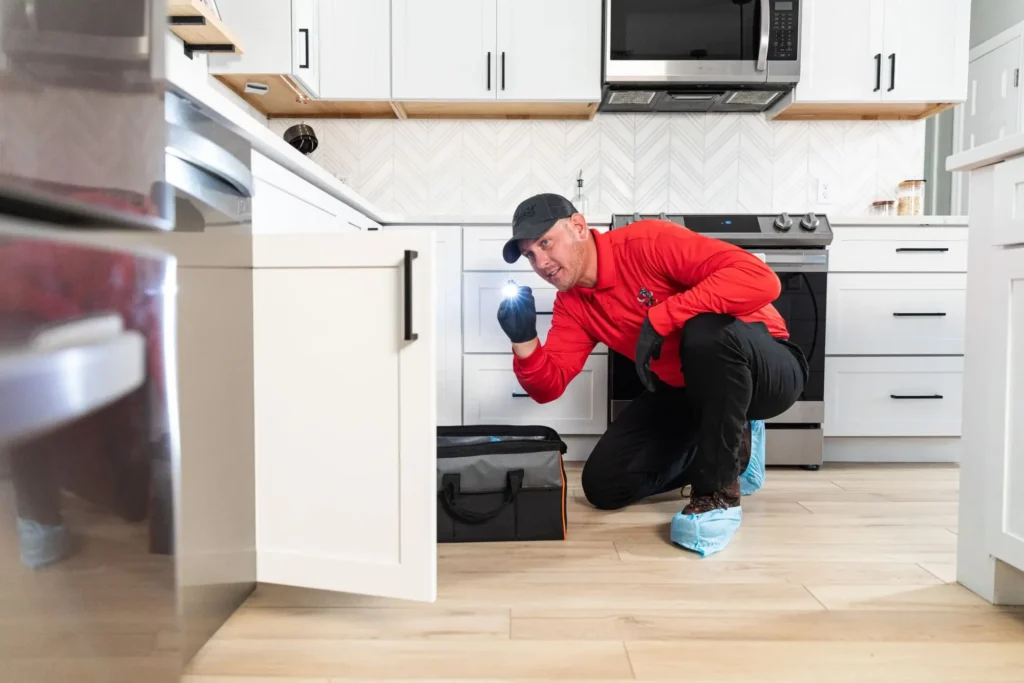
How to Check for Millipedes in Your Charleston County Home
To determine the scope of an infestation, check areas where millipedes thrive and enter:
- Moisture-prone zones like crawl spaces, garages, bathrooms, and corners near baseboards.
- Entry gaps beneath doors, cracks around pipes, unsealed weep holes, and torn screens.
- Mulch, pine straw, or leaf litter pressed against walls and foundations.
- Patios, downspout discharge areas, and low yard depressions where water lingers after storms or tides.
If millipedes appear indoors but you cannot find their entryways, a professional inspection can reveal hidden routes and pinpoint outdoor conditions drawing them in.
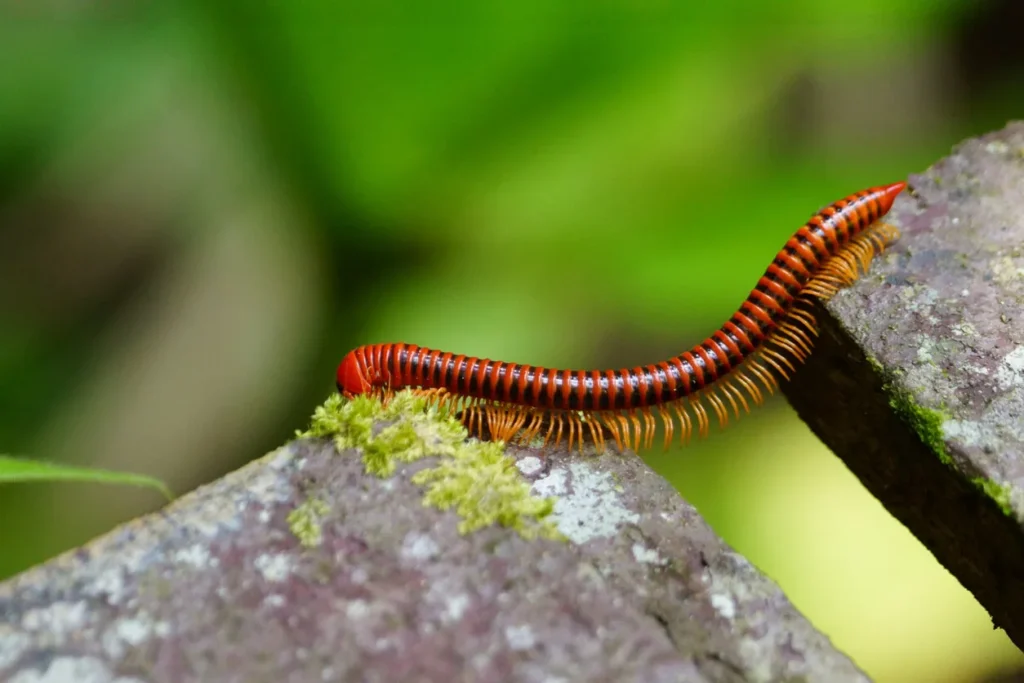
What Do Millipedes Look Like?
Millipedes are elongated arthropods with many body segments, each having two pairs of legs. In Charleston County, they are typically dark brown or gray and blend easily into mulch, soil, and pine straw. Unlike centipedes, which are flatter and move quickly, millipedes are slow and curl into spirals when threatened.
Other distinguishing features include:
- Dark brown or gray coloring that blends with Charleston County’s sandy soils, mulch, and organic debris.
- Cylindrical bodies with many segments and two pairs of legs per segment.
- Short antennae used for sensing in dim, damp environments.
Millipedes can live for several years, and they lay eggs in moist soils. This is why keeping landscaping dry and well-maintained helps disrupt their reproductive cycle.
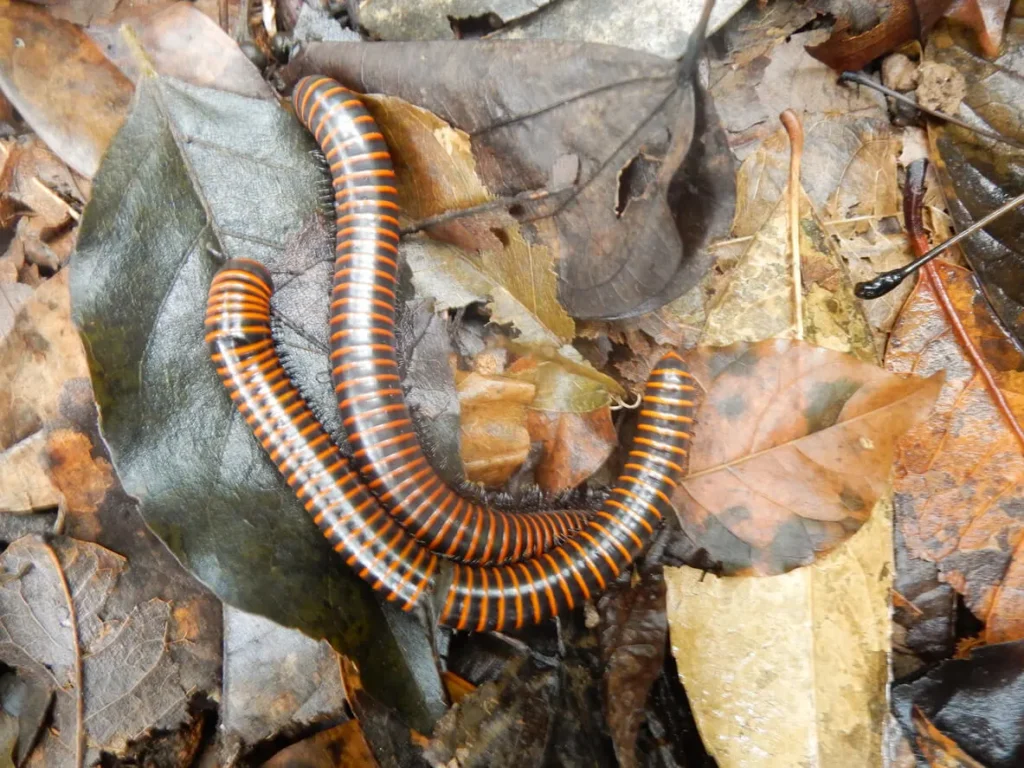
Eco-Friendly Solutions
At All U Need Pest Control, we know that Charleston County is not only a place to live but also a region with fragile marshlands, tidal estuaries, and historic neighborhoods that deserve careful protection. That’s why our millipede control strategies are designed with eco-friendly methods that safeguard families, pets, and the environment while still delivering strong results.
Minimum-Risk Pesticides
When chemical treatments are needed, we use low-risk formulations chosen for their safety and effectiveness. These are applied only in targeted zones such as thresholds, foundation edges, porch steps, and crawl-space openings where millipedes actively travel. This precise placement eliminates pests at the source without exposing family members or pets to unnecessary products inside living areas.
Eco-Friendly Solutions
Our focus extends beyond chemicals. We promote natural and physical changes that discourage millipede activity, such as removing damp mulch against foundations, reducing leaf litter, and creating dry gravel borders. These steps reduce breeding grounds while improving curb appeal. In Charleston County’s humid climate, pairing cultural practices with targeted treatments ensures long-term success with less impact on the environment.
IPM Practices
Our Integrated Pest Management (IPM) approach combines inspection, exclusion, sanitation, habitat adjustment, and precision treatments. In Charleston County, this means accounting for microclimates created by shaded courtyards, sea breezes, and frequent storms. Whether your home is in Sullivan’s Island, James Island, or downtown Charleston, IPM provides a customized balance between effectiveness and sustainability.
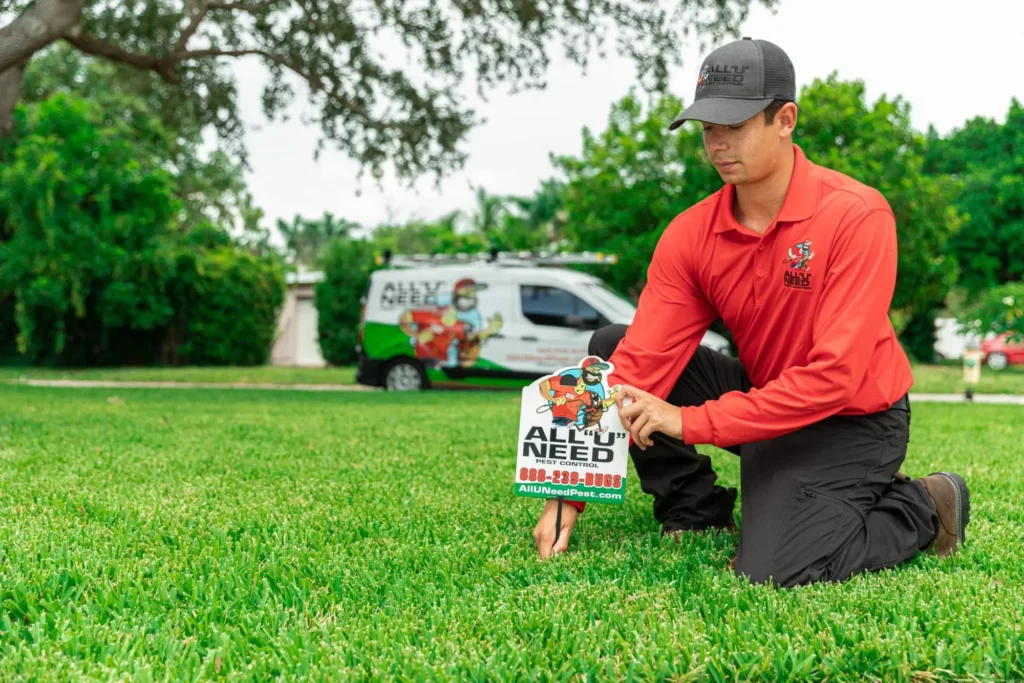
How to Prevent Millipedes in Charleston County, SC
Reduce Moisture Levels
Moisture is the most important factor in millipede infestations. Dehumidifiers in crawl spaces and basements, exhaust fans in bathrooms, and proper ventilation throughout the home help maintain balance indoors. Outdoors, gutters and downspouts should move water well away from foundations. Splash blocks and soil grading can reduce standing water near porches, driveways, and steps. Irrigation systems must be adjusted to prevent constant dampness along walls.
Seal Entry Points
Millipedes take advantage of unsealed gaps and cracks to enter homes. Replacing worn sweeps beneath doors, installing weep-hole covers, sealing pipe penetrations, and repairing torn screens can prevent easy access. Raised Charleston County homes often require special attention to crawl-space doors and latticework that can otherwise serve as direct entryways. Regular maintenance after storms is essential to keep these barriers intact.
Remove Organic Debris
The lush landscaping of Charleston County means that organic debris is plentiful. Raking fallen leaves from live oaks and palmettos, thinning layers of pine straw, and removing storm debris are crucial. Thick mulch pressed against siding traps moisture and creates perfect millipede habitats, so keeping the perimeter dry and clear is one of the simplest prevention measures.
Change Your Landscaping
Landscaping adjustments can dramatically reduce millipede pressure. Grading soil to improve drainage, planting species that require less watering, and using gravel or stone borders near foundations all help. While pine straw is popular in the Lowcountry for aesthetics, keeping it thin and replacing the last foot near the home with mineral mulch can prevent moisture build-up.
Keep Your Home Clean
Cleanliness inside and outside your home reduces millipede attraction. In garages and porches, avoid storing damp items directly on the floor. Remove wet mats quickly after storms. Address indoor leaks and condensation right away to stop moisture cues that draw millipedes. These simple habits are especially important in a humid coastal environment like Charleston County.
Work With a Pest Control Expert
Professional assistance is the best way to ensure long-term protection. All U Need Pest Control offers services designed for Charleston County’s unique environment.
- Sealing millipede entry points such as gaps beneath doors and unprotected weep holes without restricting airflow in older homes.
- Applying treatments along predictable travel paths before millipedes accumulate indoors, with timing based on local rainfall and tidal cycles.
- Offering location-specific prevention advice including crawl-space ventilation, drainage corrections, and landscaping recommendations for the Charleston County climate.
Location Contact:
419 N Cedar St Summerville, SC 29483
Get Directions for 419 N Cedar StSummerville, SC 29483 on Google Maps843-489-8818
Call All "U" Need Pest Control